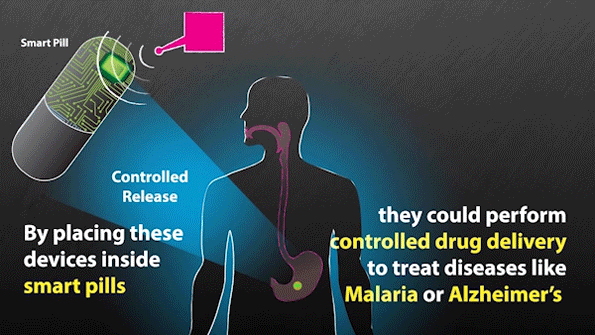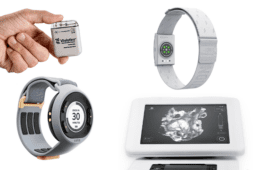MIT researchers have found a way to power and communicate with implanted devices in the human body. Such devices could be used for delivering drugs, monitoring body conditions or stimulating the brain with electricity to treat disease, according to MIT News.
The implants are powered by radio frequency waves and can pass through human tissues. A test in animals showed the researchers the waves can power devices that are 10 centimeters deep in a tissue.
“Even though these tiny implantable devices have no batteries, we can now communicate with them from a distance outside the body. This opens up entirely new types of medical applications,” says Fadel Adib, an assistant professor in MIT’s Media Lab and a senior author of the paper.
The devices are extremely small since it does not require a battery. So far, the researchers, which include MIT researchers and scientists from Brigham and Women’s Hospital, tested a prototype the size of a grain, but they believe it could be made smaller.
“Having the capacity to communicate with these systems without the need for a battery would be a significant advance. These devices could be compatible with sensing conditions as well as aiding in the delivery of a drug,” says Giovanni Traverso, an assistant professor at Brigham and Women’s Hospital.

MIT researchers have developed technology that could be used to remotely trigger “smart pills” to deliver drugs. Credit: MIT




